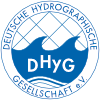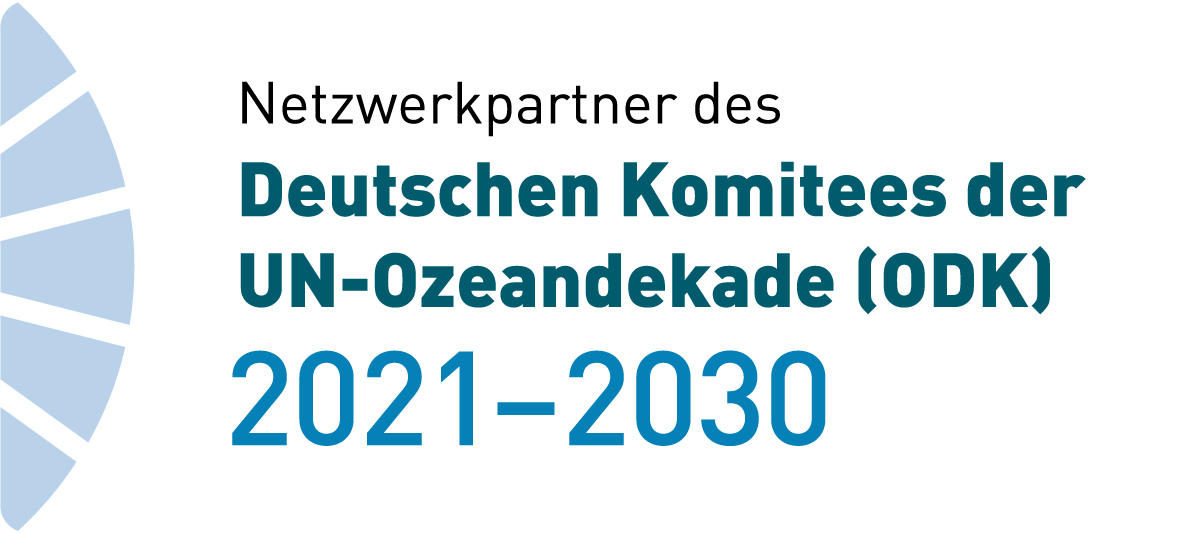- Details
- Written by: Super User
- Category: HN 106
- Hits: 4102
Unterwassertestfeld für maritime Robotik und Sensorik
In der Ostsee vor der Hanse- und Hafenstadt Rostock soll für die Entwicklung neuer Technologien ein multifunktionales Unterwassertestfeld entstehen, auf dem neue Produkte und Verfahren meerestechnischer Komponenten bzw. komplexe Geräte und Systeme erprobt, kalibriert und demonstriert werden können. Konkrete Unterwasserstrukturen aus dem Alltag der Offshore-Industrie, wie Seekabel, Pipelines, Gründungsstrukturen, sollen in dem Testfeld eingebracht werden, um ein reales, möbliertes Areal von Offshore-Anwendungen zu schaffen. Ergänzend dazu soll im Rostocker Fischereihafen ein Innovationscampus als Landbasis mit umfassender Infrastruktur aufgebaut werden. Der geplante Innovationscampus ermöglicht zukünftig mit der Kombination aus Unterwassertestfeld und modernstem Gebäudekomplex den gesamten Prozess der Entwicklung und Erprobungen an einem Standort: von der Produktidee über die Laborprüfung bis hin zur realen Anwendungserprobung auf See.
Unterwassertechnologie | Ostsee | Rostock | Erprobung | Unterwassertestfeld
- Ausgabe: HN 106 Seite: 40–42
- DOI: 10.23784/HN106-07
- Autor/en: Steve Wendland, Uwe von Lukas
- Details
- Written by: Super User
- Category: HN 106
- Hits: 4101
Pflichtlektüre für Hydrographen?
Zur Buchmesse im letzten Jahr kam Der Hydrograf des niederländischen Schriftstellers Allard Schröder auf den deutschen Buchmarkt. Als Hydrograph greift man natürlich sofort zu, schließlich gilt es zu überprüfen, wie romantauglich unser Beruf eigentlich ist. Vielleicht hätte uns schon das Cover stutzig machen müssen, auf dem kein Hydrograph abgebildet ist, auch keine Hydrographin, sondern die Frau, die sich als die eigentliche zentrale Figur des Romans entpuppen wird.
- Ausgabe: HN 106 Seite: 38–39
- DOI: 10.23784/HN106-06
- Autor/en: Lars Schiller
- Details
- Written by: Super User
- Category: HN 106
- Hits: 4082
Busy days in Warnemünde
The hydrographic world gathered in Rostock-Warnemünde for the HYDRO 2016 event from 8 to 10 November. The German Hydrographic Society (DHyG) hosted this conference and exhibition for the second time at this location right next to the Baltic Sea. More than 450 delegates from 38 countries came together. They enjoyed the high-carat lecture programme, the trade exhibition, the workshops and the live boat demos.
- Ausgabe: HN 106 Seite: 32–36
- DOI: 10.23784/HN106-05
- Autor/en: Ian Holden, Holger Klindt
- Details
- Written by: Super User
- Category: HN 106
- Hits: 4445
»Ich fühle mich ausgezeichnet« – Ein Wissenschaftsgespräch mit Jürgen Peregovits
Jürgen Peregovits ist geschäftsführender Gesellschafter der IngenieurTeam GEO GmbH in Karlsruhe. Das Ingenieurbüro mit 18 Mitarbeitern zählt zu den führenden Unternehmen für Gewässervermessung in Deutschland. Peregovits, der bereits seit den 80er Jahren als Hydrograph tätig ist, wurde im letzten Jahr das Gütesiegel »DHyG-Anerkannter Hydrograph« verliehen. Im Interview mit den Hydrographischen Nachrichten gibt er Einblick in seine Geschäfte und Projekte, erklärt seinen Qualitätsanspruch und verrät, was ihn täglich motiviert.
DHyG-Anerkannter Hydrograph | Standards of Competence | aQua | Drohnenvermessung | St.-Anna-Loch
- Ausgabe: HN 106 Seite: 26–31
- DOI: 10.23784/HN106-04
- Autor/en: Jürgen Peregovits, Lars Schiller
- Details
- Written by: Super User
- Category: HN 106
- Hits: 4750
Simulation based design and development of autonomous underwater vehicle IMGAM
IMGAM (Intelligentes Monitoring von Gasaustritten im Meer, English: Intelligent monitoring of gas emanations in the ocean) is a project supported by the German Federal Ministry of Economics and Technology to build an autonomous system for gas flare detection, localisation and sampling in deep sea environment. In addition to today’s standards for AUV operation, IMGAM employs so called sensor reactive behaviour to react to the unpredictable nature of underwater gas flares. Such behaviour has an inherent risk of »wrong« decisions, which could culminate in the loss of the vehicle. Care must therefore be taken to ensure a thorough understanding of how the vehicle reacts to external stimuli and to its own actions. For highly complex systems, such understanding can best be achieved by extensively measuring or estimating the performance of all known subsystems and by combining these into a simulation model, which can then be used for development and testing of control- and autonomy algorithms. Extensive tests made it possible to identify risks and necessary system improvements long before the first metal was cut.
AUV | gas sampling | sensor reactive autonomy | system identification SYSID | hybrid AUV/ROV
- Ausgabe: HN 106 Seite: 20–24
- DOI: 10.23784/HN106-03
- Autor/en: Max Abildgaard


